"I have done ceramics since the age of 15. I always loved working with clay, but I also wanted to learn to draw and paint and gain a substantial knowledge of art history. So, I studied art and design, fine art and history of art. I teach drawing, painting and hand-built ceramics and I have owned a kiln for 13 years. I have worked with porcelain for four to five years now but with other stoneware and earthenware clays for a lot longer."
“I aim to blur the lines between Fine Art and Ceramic Craft. I use clay and porcelain, as my canvas, creating sculptural slab-built vessels and illustrated plates. The themes include masks from different cultures, musicians, at the café, at the beach, at the Met and conversations across time.” – Gail Altschuler Links:
Understanding porcelain online workshop by Antoinette Badenhorst. Online workshops at TeachinArt.
1 Comment
Pinching clay is one of the underestimated techniques among potters. Many believe that pinching is just for beginners, but if you master pinching skills, then you can use this even when you are working on the potters wheel.
There are challenges with pinching and sometimes a pinch pot gets completely out of control. This video shows an easy way of how to do in-pinching to get the pinch pot back under your control. With pinching, you can develop "eyeballs on your fingers", as Antoinette always tells her students. Clay pinching skills will help you to judge the thickness of a wall or a bottom on a pot - helping you with trimming. Antoinette Badenhorst presents an online workshop where she teaches potters how to pinch a complete functional teapot with clay (Pinching teapots for Beginners).
Tags:
#Antoinetteporcelain #teachinart #pinchingclay #pinchingpottery #pinchingbowls #potteryclasses #potteryworkshops #teachingartist #Mississippiartist #handbuildpottery #ceramicschool #learnpottery #teachingceramics Mark Goudy was named the Emerging Artist in Ceramics Monthly magazine of May 2010. He completed two online classes at TeachinArt, Porcelain handbuilding with Antoinette Badenhorst, and Colored Clay with Curtis Benzle. His work was selected for collections in
My formal education lies mostly in science and engineering: a Bachelor of Science in Biology from the University of Oregon, and a Master of Science in Electrical Engineering from California State University in San Jose. I did take various art classes along the way, but it wasn't until much later in life that I even thought about pursuing a career in ceramics. My interest in music and my hobby of building electronic music synthesizers propelled me into the study of electrical engineering in my late 20s. I ended up working for twenty years as a logic design engineer in the computer graphics industry (including Pixar, Silicon Graphics, nVidia.) After my mother passed away in 2004, my wife Liza had the idea for us to take a raku class at a local Bay Area adult school, an homage to my mother's creative spirit. Following a twenty-year career working as an engineer in the virtual world of computer chip design, I found the process of clay work to be a cathartic experience - resonating at some deep unconscious level. The physical nature of handbuilding unique pieces from this plastic medium was immediately satisfying. Soon I was applying my analytical and problem-solving skills to the multivariate issues that surfaced in the clay studio, and exercising my right brain to construct forms in a totally intuitive way. My approach to ceramics stems from the intersection of my love of the geometries of nature and abstract minimalist art. My mission as an artist is first to create a coherent visual language, and then learn to speak in that language. For me, certain forms evoke a sense of quiet stillness and mystery, and exist in a dimension apart from language. I don't fully understand it. My current process is to handbuild ceramic forms, joining sections of curved parabolic surfaces that I create using purpose-built plaster hump molds. After a series of scraping, paddling, and shaping transformations, the models are bisque fired and used to make multipart plaster molds. The final works are slipcast, using various clay bodies that I have created. I see slipcasting as a way to translate one clay body, which is optimized for building, into another clay body with different properties - of lightness or translucency for instance. Sometimes I burnish earthenware forms to impart a smooth surface with a subtle grain pattern. For other works, there is a lot of wet-sanding to refine and even out the surface. I use no glazes in my work. Instead I have developed techniques for adding color and pattern through the use of metal salts, following the lead of renowned Norwegian ceramic artist Arne Åse. These compounds are the water-soluble form of the same metals used to color traditional ceramic glazes. After painting on, they soak into the bisque-fired clay, interact with each other, and become a permanent part of the surface after firing. All my work so far is low-fired, at cone 01 or below. Many thanks to Antoinette Badenhorst and her e-course on Porcelain handbuilding to help me understand the unique qualities of this beautiful material. Links: E-courses (online workshops) Preview E-courses Demonstrations, tips & techniques Our Art Instructors Tags:
#teachinart #MarkGoudy #translucentporcelain #porcelainhandbuilding #Californiaartists #ceramicartists #solublesalts #handbuildceramics #raku #ceramicsmonthly #clayshares Kathlyn J Avila-Reys is a ceramic artist who paint emotions and special effects on her clay sculptures. She completed the Post-fired Finishes class of Marie EVB Gibbons at TeachinArt. Here is Kathlyn in her own words.
I have exhibited my work at numerous galleries, universities, and institutions. I have received a number of awards and certificates, as well as being selected to have a solo show entitled, “No Ordinary Woman”. The theme of this show grew out of my childhood interest in the women in my community, especially those considered to have “special powers”- whether real or imagined. Although I’m inspired by people I have encountered, my figures embody “familiar souls” that viewers can recognize regardless of where or when they grew up. Each of my figures is an expression of a unique individual, whose story is told through adornment, symbolism, and gesture. Color, pattern, and texture intrigues me which promotes an open playground for ceramics and the ability to explore many of its possibilities. I have always been a doll maker, but the transition of making cloth dolls to ceramic figures has given me a broader enjoyment and satisfaction in the process of their creation. I love the idea of working with a medium that challenges me to transform a ball of clay into forms and figures that become characters based on my life and imagination. Working in clay has become my mental retreat, my vacation away from the world, my hands are happiest when in the process of construction. My intricate style echoes the influences of African, Native American and Latin American cultures. I uniquely design my work with an ensemble of metaphysical symbolism and color, which then captures an aura of mysticism, magic, and spirituality.
Links: E-courses (online workshops) at TeachinArt Preview E-courses Our Art Instructors China painting with Paul Lewing Demonstrations, tips & techniques Tags:
#paintingonclay #claysculptures #clayartist #Virginiapotter #handmade #clayshares #teachinart
Tags:
#sculptingclay #translucentporcelain #ceramicschool #porcelainsculptures #claysculptures #potterytips #teachinart |
AuthorTeachinArt is an online art school with professional artists as instructors who educate, enridge and promote art. Categories
All
|
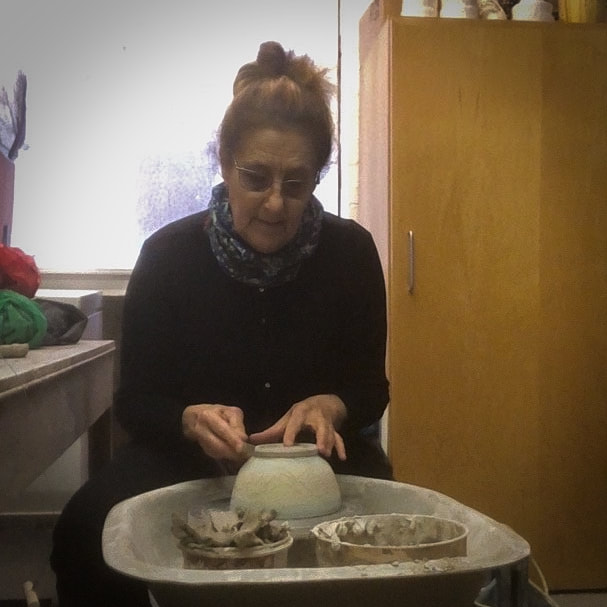
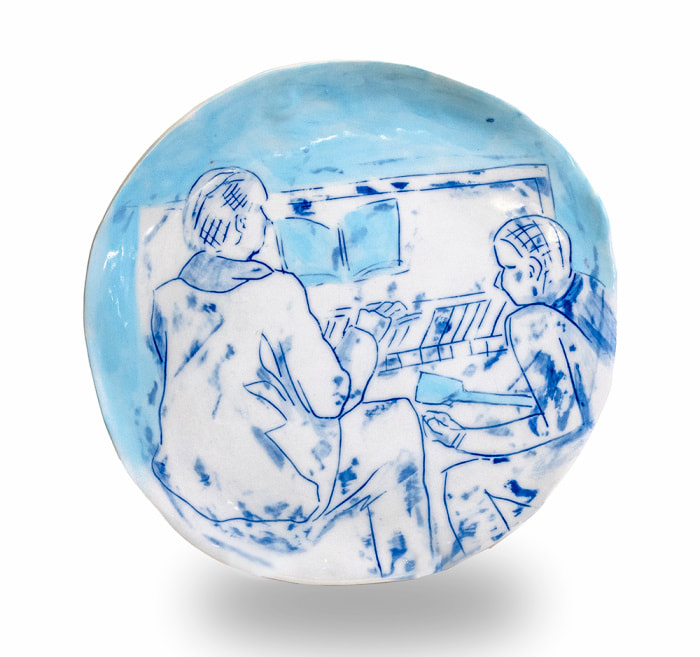
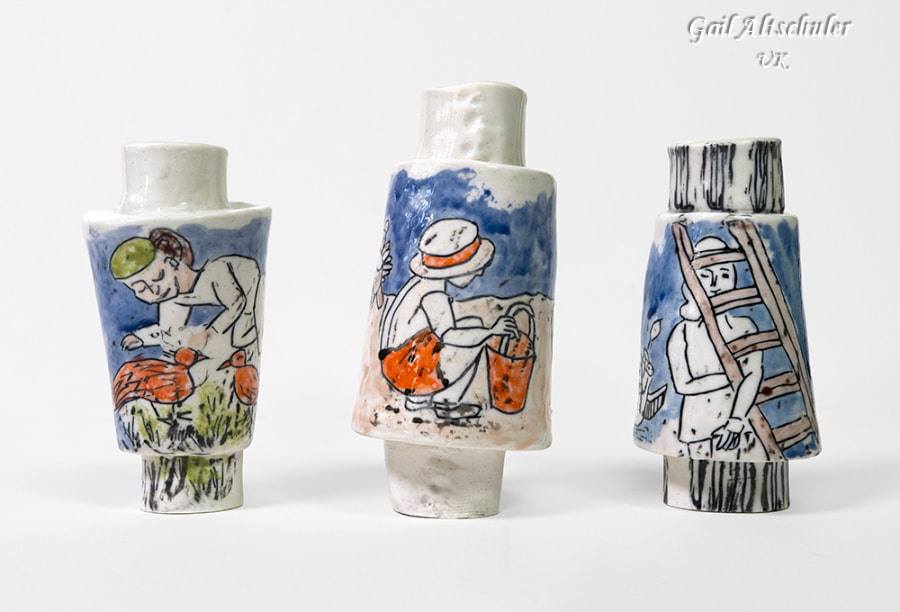
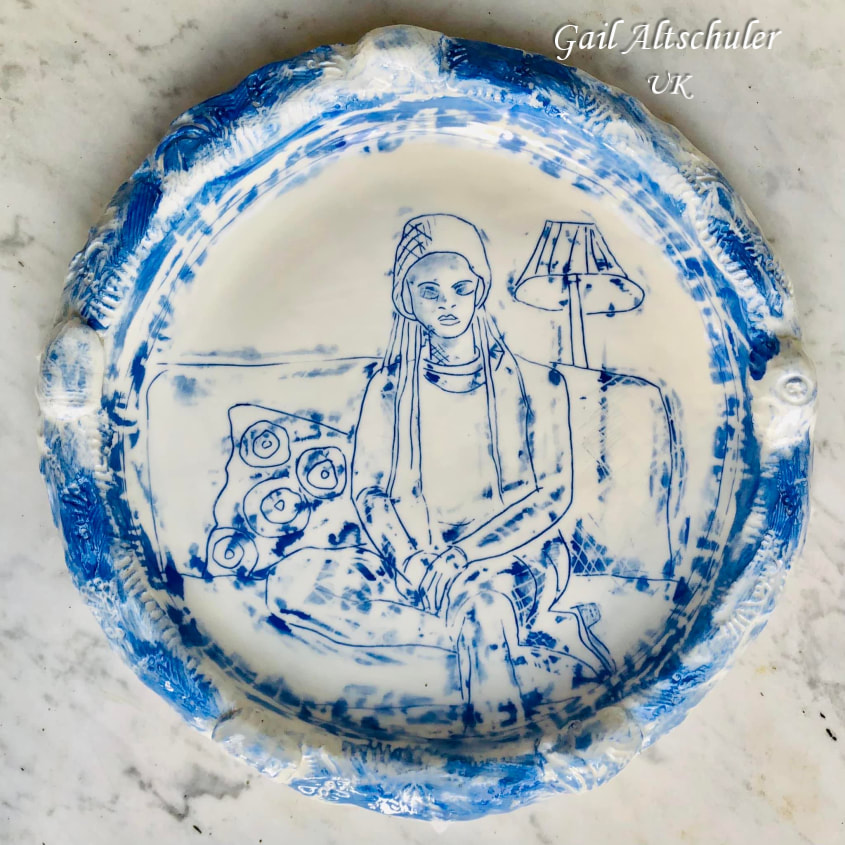
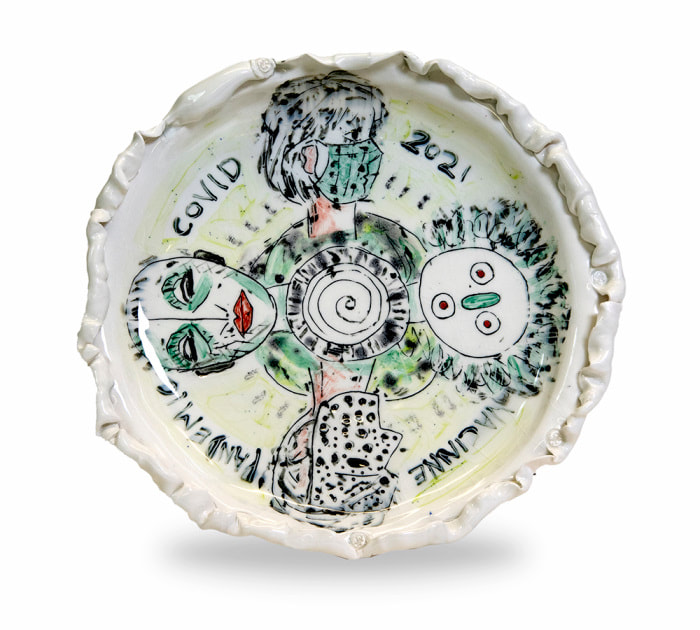
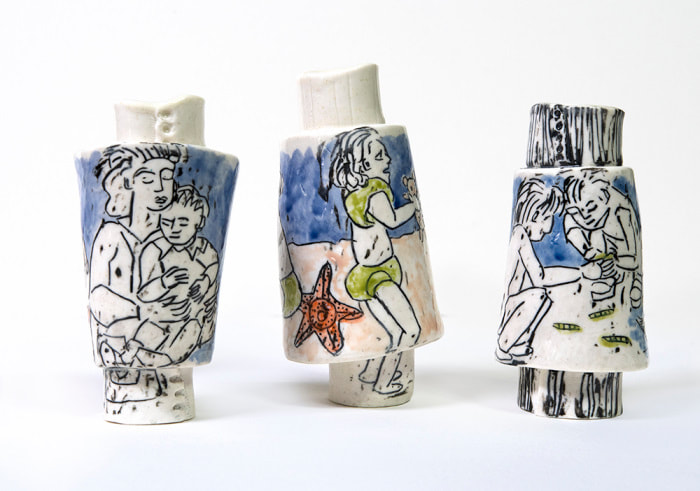

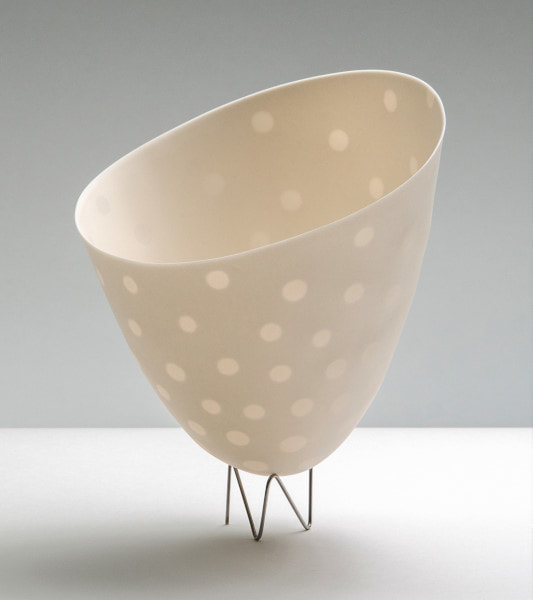
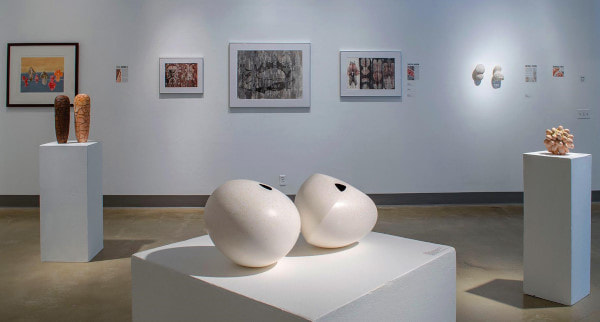

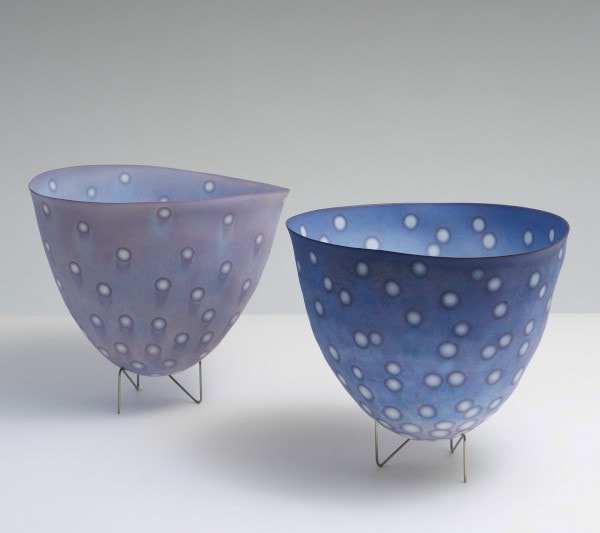
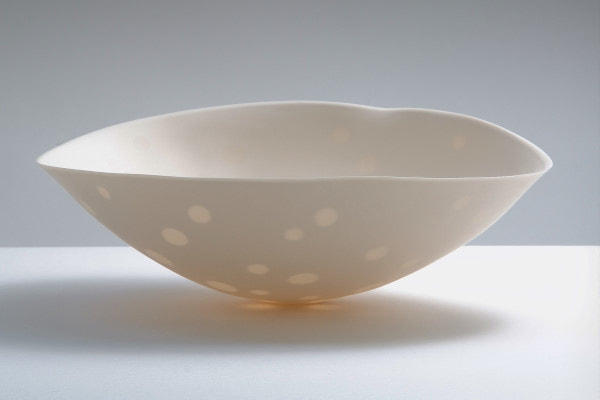
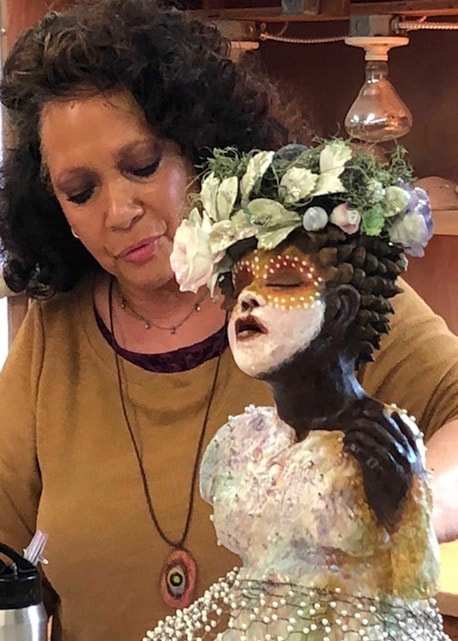
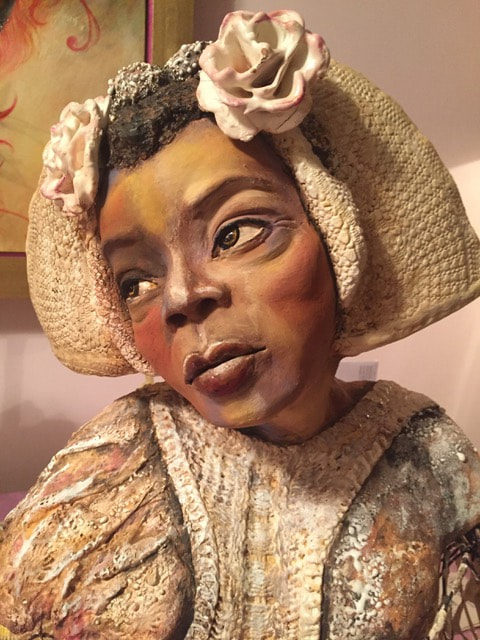
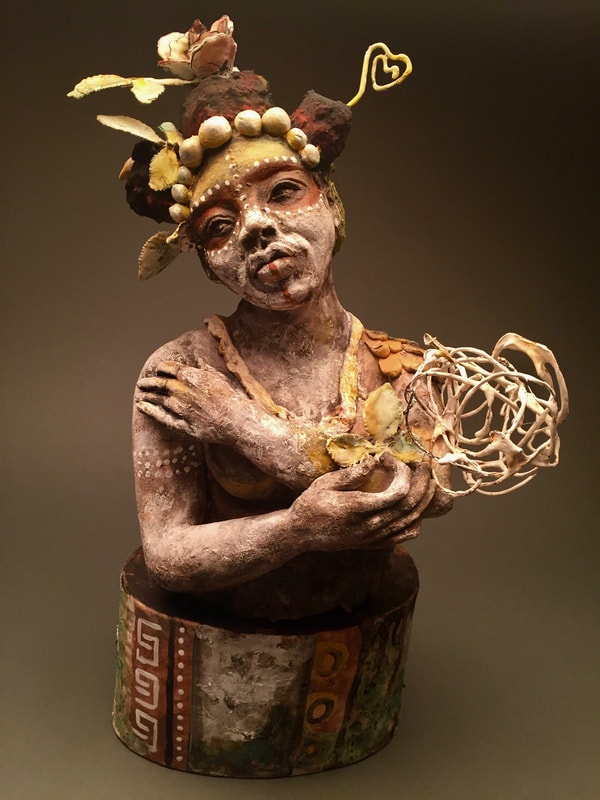
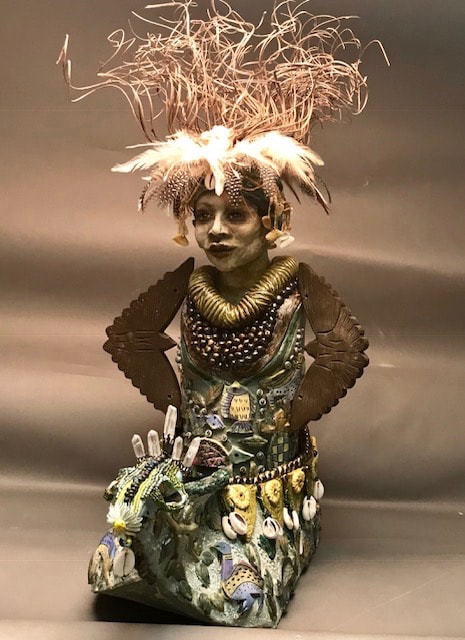
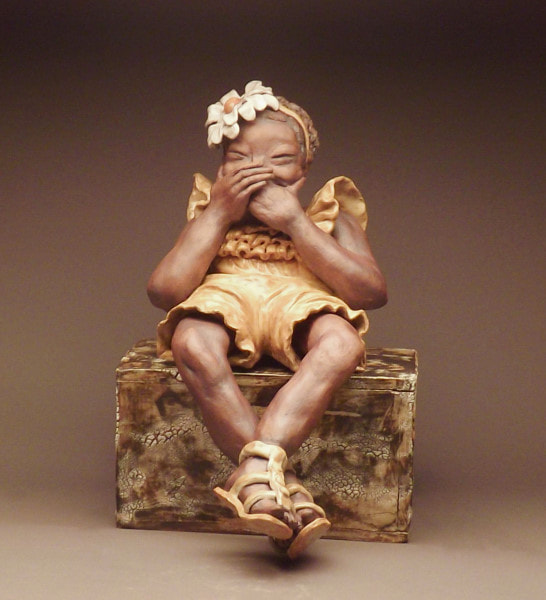
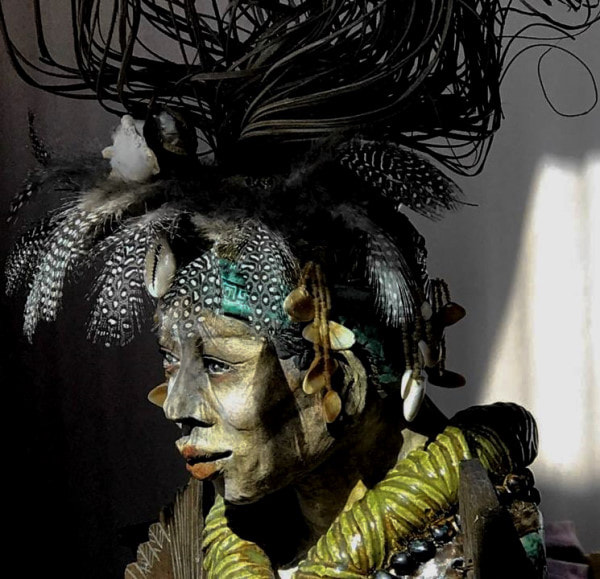
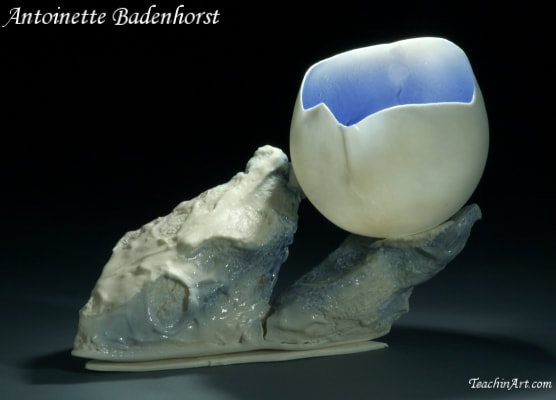
 RSS Feed
RSS Feed